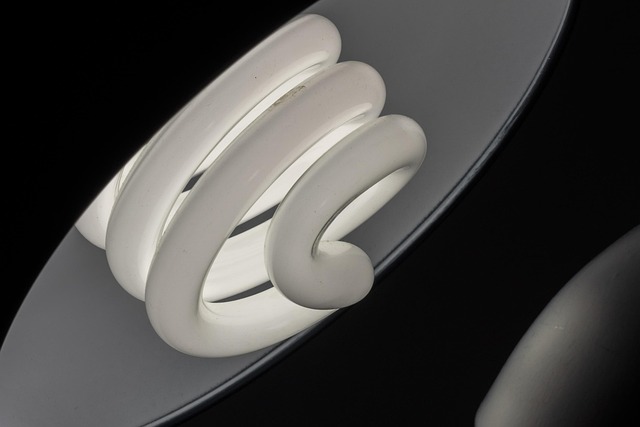The Bright Spotlight on Kelvin: An In-Depth Exposure
In the world of light and temperature, few terms carry as much significance as Kelvin. It represents more than just a unit of measurement—it’s a window into the way we perceive and experience light in our daily lives. When we talk about exposure, whether in photography, filmmaking, or even interior design, Kelvin becomes a pivotal guide that helps us create the perfect mood and clarity.
Imagine standing outside on a crisp morning. The light is cool, almost blue, touching everything with a gentle chill. This feeling comes from a light temperature measured in Kelvin. On a different day, as the sun sets, the light takes on warm, golden hues, wrapping the world in softness and comfort. That’s the magic of Kelvin at work, exposing us to the subtle shifts in the atmosphere’s color palette.
In exposure, understanding Kelvin means understanding how light molds the emotion of a scene. Photographers rely on adjusting the Kelvin scale to balance their shots—too much blue or orange, and the mood completely changes. It’s about tuning into the authentic narrative that natural or artificial light offers. The warmth of a 3200K tungsten bulb can evoke nostalgia, while the cooler 5600K daylight creates freshness and vibrancy.
Moreover, Kelvin is a language that transcends just technicality; it’s an emotional experience. When you step into a room bathed in soft incandescent light (around 2700K), you feel calm and relaxed. When the lighting shifts to a harsher, higher Kelvin temperature, the atmosphere becomes more alert, stimulating creative or productive energies.
Exposure to different Kelvin temperatures also impacts how we view the world on a psychological level. It’s no surprise that architects and designers pay close attention to the Kelvin of their lighting schemes, crafting environments that foster well-being and harmony. Kelvin, therefore, means carefully controlling our exposure to light’s full spectrum and, in doing so, improving how we live and work.
At its core, Kelvin offers an in-depth exposure not just to a unit of measurement but to a sensory experience that shapes our perception of reality. It allows us to connect with light’s emotional undertones, witness the transformation of colors and shadows, and ultimately, helps us tell stories that resonate deeply.



